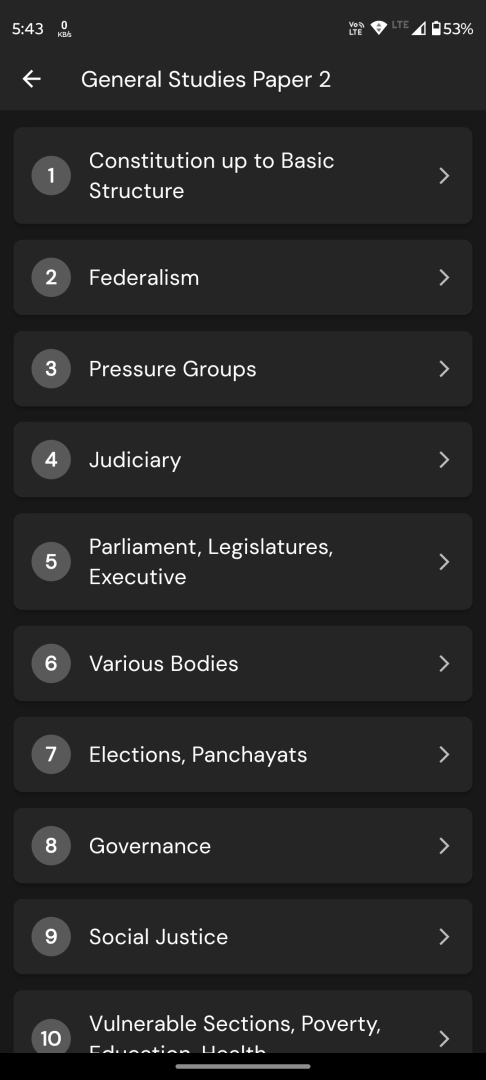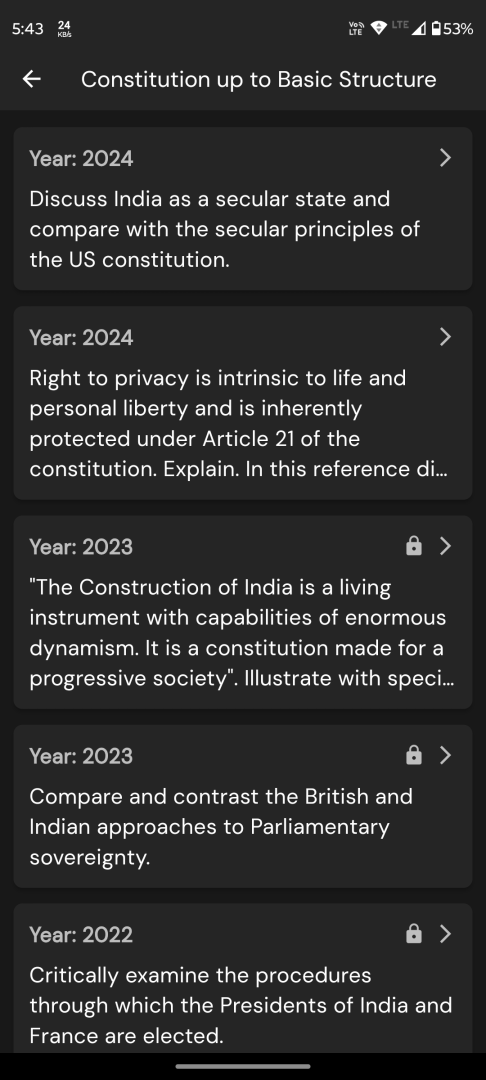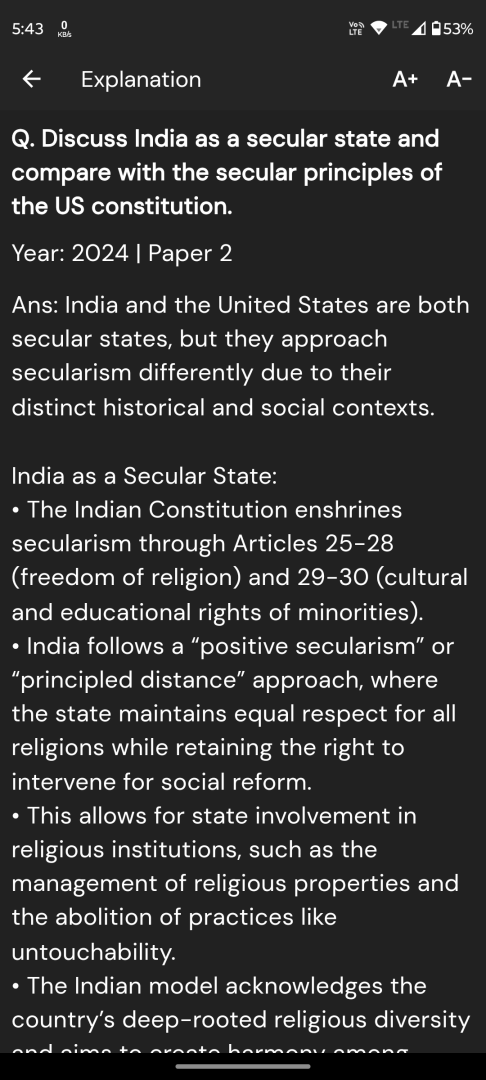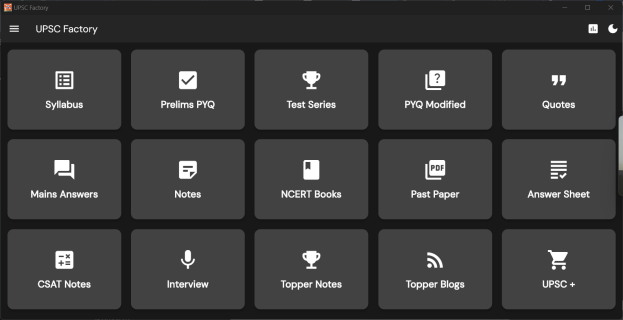Paragraph: Over the next 30 years, many countries are promising to move to net-zero carbon…
Over the next 30 years, many countries are promising to move to net-zero carbon, implying that household emissions will have to be cut to close to nothing. A leading climate scientist reckons that, at best, half the reduction might be achieved through demand-side measures, such as behavioural changes by individuals and households. And even that would require companies and governments to provide more incentives to change through supply-side investments to make low-carbon options cheaper and more widely available.
Q1. Which one of the following statements best reflects the central idea conveyed by the passage?
(a) Moving to net-zero carbon is possible only by the reduction in household emissions.
(b) Low-carbon behaviour in people can be brought about by incentivising them.
(c) Cheaper goods and services can be made available to people by using low-carbon technologies.
(d) Manufacturing industries that use low-carbon technologies should be provided with subsidies.
Q2. With reference to the above passage, the following assumptions have been made:
I. Supply-side investments in companies can result in low-carbon behaviour in people.
II. People are not capable of adapting low-carbon behaviour without the involvement of Government and Companies.
Which of the above assumptions is/are valid?
(a) I only
(b) II only
(c) Both I and II
(d) Neither I nor II
UPSC Prelims 2025 CSAT
Q1. Correct Option: (b) Low-carbon behaviour in people can be brought about by incentivising them.
Explanation: The passage clearly emphasizes that achieving net-zero carbon emissions requires significant behavioural changes by individuals and households. It further states explicitly that even these behavioural changes would require incentives provided by companies and governments through supply-side investments. Thus, the central idea conveyed is that low-carbon behaviour among people can be encouraged through incentives.
Other options explained: (a) Incorrect – The passage does not say household emissions alone can achieve net-zero carbon; it mentions both demand-side (household) and supply-side measures. (c) Incorrect – The passage does not explicitly discuss making goods and services cheaper through low-carbon technologies as the central idea. (d) Incorrect – The passage does not specifically mention subsidies for manufacturing industries.
Hence, option (b) is correct.
Q2. Correct Option: (a) I only
Explanation: Assumption I: “Supply-side investments in companies can result in low-carbon behaviour in people.” This assumption is valid. The passage explicitly states that behavioural changes (demand-side measures) would require companies and governments to provide incentives through supply-side investments. Thus, it assumes that supply-side investments can indeed lead to low-carbon behaviour among people.
Assumption II: “People are not capable of adapting low-carbon behaviour without the involvement of Government and Companies.” This assumption is invalid. The passage does not explicitly or implicitly state that people are incapable of adapting low-carbon behaviour independently. It only suggests that incentives from governments and companies would significantly help or accelerate the process, but it does not imply that people cannot adapt without external involvement.
Thus, only assumption I is valid.
Hence, option (a) is correct.





